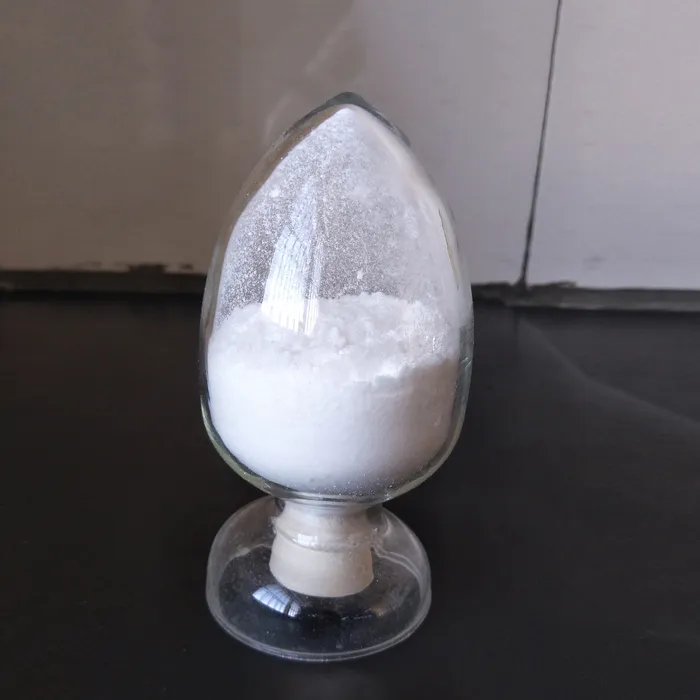Chemical Neutralization in Wastewater Treatment
Wastewater treatment is a critical process in modern environmental management, aimed at reducing pollutants and restoring water quality before discharge into natural water bodies. Among various treatment techniques, chemical neutralization plays a pivotal role, particularly in adjusting the pH of wastewater to meet regulatory standards and ensure the effectiveness of subsequent treatment processes.
Chemical neutralization involves the addition of acids or bases to wastewater to achieve a desired pH level. Many industrial processes generate wastewater that is either highly acidic or alkaline, which can be detrimental to aquatic life and ecosystems if released untreated. Acidic wastewater, typically resulting from the manufacturing of chemicals, metal finishing, and food processing, may contain high concentrations of hydrogen ions (H⁺), leading to a low pH. Conversely, alkaline wastewater often arises from sectors like textiles, paper production, and petrochemicals, containing hydroxide ions (OH⁻) that elevate its pH.
The purpose of neutralization is to bring the pH of waste streams closer to neutral (around pH 7)
. This adjustment not only mitigates the risk of environmental harm but also enhances the performance of biological treatment processes that generally operate optimally between pH 6.5 and 8.5. If the pH is outside this range, the activity of microorganisms responsible for biodegradation can be inhibited, leading to incomplete treatment and the potential for harmful discharge.chemical neutralization in wastewater treatment

One common method of neutralization involves the addition of sulfuric acid (H₂SO₄) or hydrochloric acid (HCl) to lower pH, while sodium hydroxide (NaOH) or calcium hydroxide (Ca(OH)₂) is used to raise pH. The choice of reagent depends on several factors, including the composition of the wastewater, the desired pH level, and economic considerations. The efficiency of these reagents varies, and their handling requires careful safety measures to prevent accidents and exposure.
Although chemical neutralization is effective, it is not without drawbacks. The chemical process can generate additional waste, such as sludge and residual chemicals, which must be managed properly to avoid further environmental impact. Therefore, it is essential to integrate neutralization within a broader treatment strategy that includes physical and biological methods. For instance, after neutralization, wastewater can undergo sedimentation, filtration, and biological treatment to further reduce organic and inorganic pollutants.
Moreover, advancements in technology and the development of eco-friendly alternatives, such as natural neutralizing agents like limestone, are becoming increasingly popular. These methods not only minimize chemical usage but also reduce the environmental footprint of wastewater treatment operations.
In conclusion, chemical neutralization is a fundamental step in the wastewater treatment process, crucial for ensuring that discharges are compliant with environmental regulations and safe for aquatic ecosystems. While it presents certain challenges, the continued evolution of treatment technologies and a holistic approach to wastewater management hold promise for improved sustainability and effectiveness in minimizing pollution. As industries evolve and stricter regulations emerge, the role of neutralization in wastewater treatment will undoubtedly remain significant in the quest for cleaner water resources.

